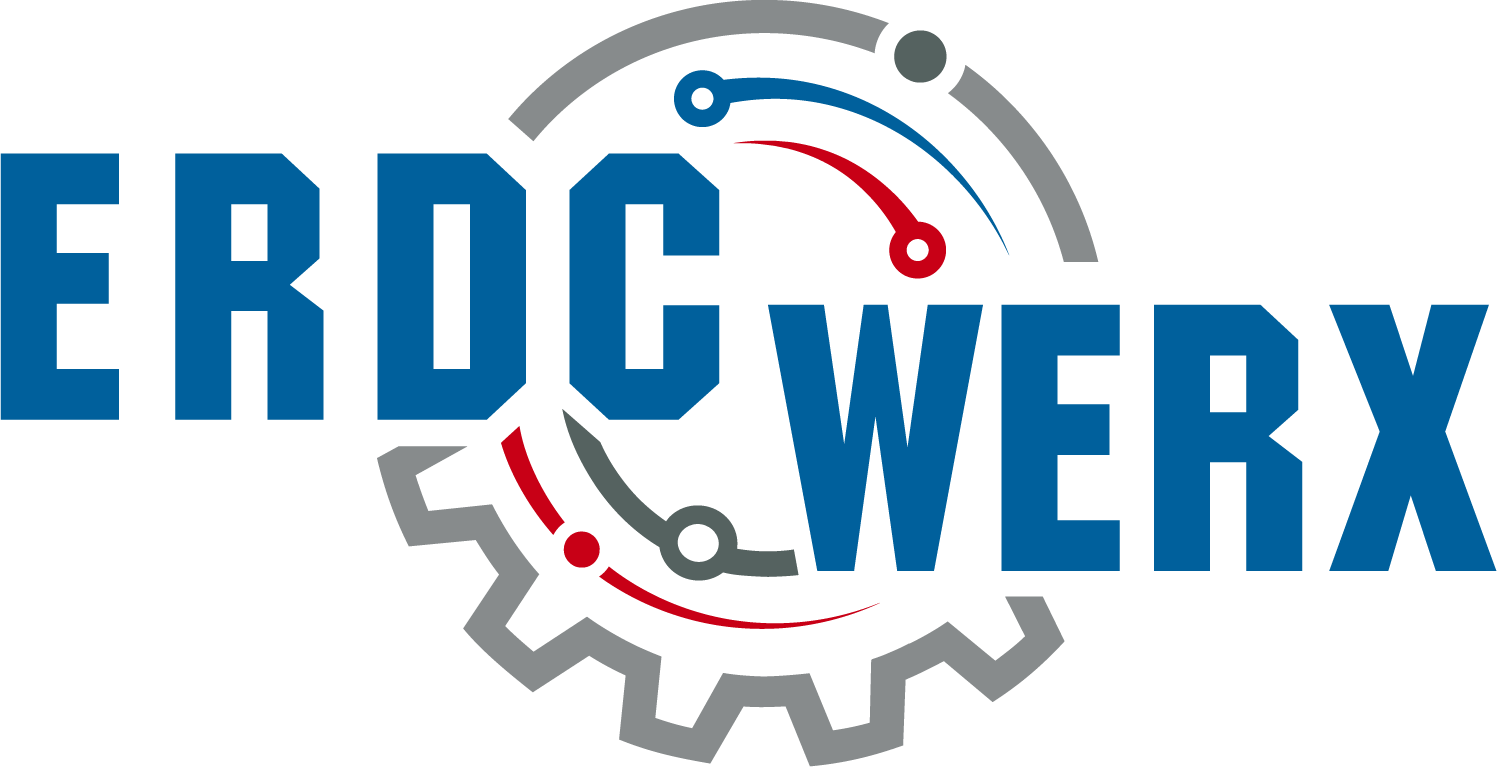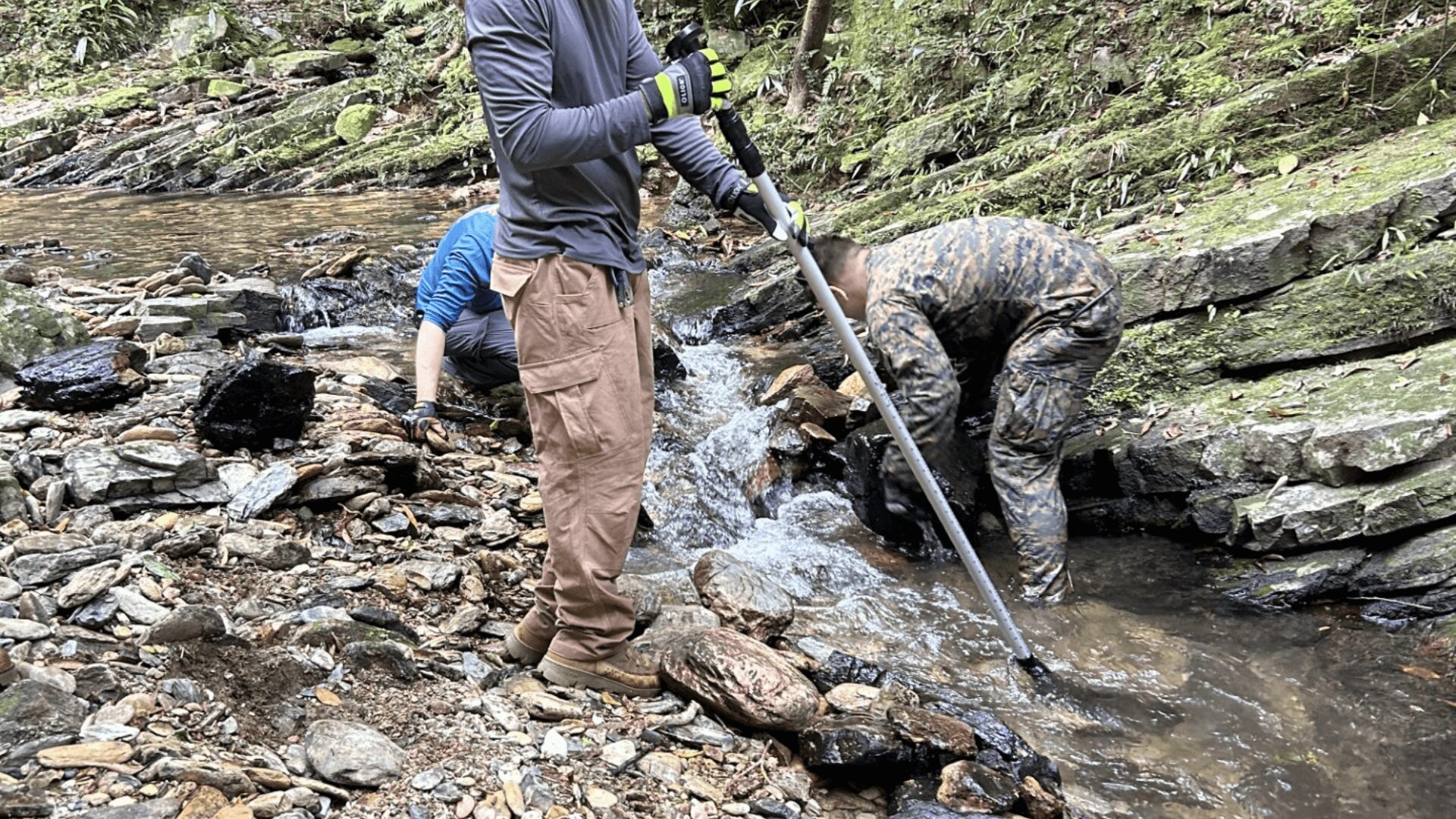Overview
The U.S. Army Engineer Research and Development Center (ERDC) Construction Engineering Research Laboratory (CERL) seeks solutions towards developing a lightweight modular hydrokinetic turbine. There is a need for further advancement of small-scale hydrokinetic devices to meet the warfighter’s requirements— lighter weight, optimized hydrofoils, smaller form factor, integration with the Squad Power Manager, etc. A total of up to $25,000 is available to make several awards.
Project Manager
Construction Engineering Research Laboratory (CERL), U.S. Army Engineer Research and Development Center (ERDC)
Project Objective
The primary objective of this Individual Program Requirement (IPR) is to develop new solutions or advance existing partial solutions to satisfy operational requirements geared towards development of a light-weight hydrokinetic turbine. This will likely be accomplished by targeting areas including:
- Weight of the generator casing
- Materials assessment
- Hydrofoil optimization
- Power electronics optimization
- Anchoring approach/mechanisms
Background and Operational Scenarios
The generation and distribution of energy has always been essential to sustaining military operations. The sustainment and resilience of installations will depend on multiple sources of distributed energy generation technologies. There is a need within the U.S. Army, Navy, and Marine Corps to increase energy source production in austere environments for the warfighter.
ERDC-CERL has been working to assess the feasibility of small hydropower for the Department of Defense (DOD). The use case for this effort targets jungle environments where solar and wind are not dependable. The streams in these environments are typically smaller and slower. Recent work includes exploring a one-man carry system that packs in a ruck and outputs a minimum of 40 W and a one to two person carry system packable via pelican case targeting 500 W.
Requirements
Based on the needs of DOD agencies, a list of requirements has been established for portable hydrokinetic devices.
At a minimum, proposed prototypes must meet the following criteria:
- Small form factor – Ideally, the system will fit within the ruck the soldiers and marines are already carrying without adding a bunch of extra weight. Tradeoff = carrying this instead of additional BB2590 batteries
- Light-weight – The system needs to be a maximum of 30 lb and ideally lighter. Two-man carry less than 70 lbs but should target 30-40 lb.
- Power output minimum 40W and target 500W
- Power electronics – Target integration with soldier equipment (SPM-622) and soldier batteries (BB2590s are most common)
Ideally, prototypes designs would also address the following requirements:
- Low-flow operation – Operate in a minimum of 1 m/s flow and 18” depth water
- Rapidly deployed and retrieved – The system needs to be set up and retrieved in less than 30 minutes.
- Debris shedding – The system needs to be durable and low-maintenance so that it sheds debris when deployed and requires no human intervention to clear.
- Concealable – The unit needs to blend in with its surroundings
- Durable – The system should consist of durable components that are easy to replace. Adhere to MIL-STD-810G 516.6 Test Method.
- Anchoring – Needs to be easy to set up and hold it in place for ~6-8 hours minimum
Note: Submissions should NOT include confidential or proprietary details.
Estimated Government Funding Profile
Up to $25,000 is currently available for this effort to target hardening an existing design prototype or conceiving a new design that satisfies the requirements.
*Multiple solutions may be awarded with these funds
Estimated Period of Performance
Estimated 6 months from date of award
Expected Result
The expected result will be a delivered prototype that may not satisfy all requirements but should include a planned path to achieve the targets. At a minimum, the physical deliverable (prototype) should address scale and weight, power output, and integration with soldier batteries.
Evaluation Criteria
Submissions will be reviewed based on the criteria described in ERDC’s CSO Solicitation document by ERDC subject matter experts. Submissions may be shared as appropriate with other ERDC stakeholders. The government has the authority to decline all submitted proposals. The government does not plan to engage in the debrief process outlined in FAR part 15 but will provide feedback to unsuccessful offerors as appropriate and at its discretion.
Notional Project Schedule
Proposed project milestones include:
| May 1, 2025 | Project Announced, Submissions Open |
| May 26, 2025 | Question Period Ends, FAQs Finalized |
| June 2, 2025 | Submissions Close |
| June 2-16, 2025 | ERDC Evaluation Period, Virtual Pitch Hosted (if needed) |
| June 17-July 18, 2025 | ERDC Downselects and Requests Full Proposal (if needed) |
| July-August 2025 | Participants Selected are Notified by ERDC |
*Dates may vary to accommodate project team and participant availability. The government may accelerate the pre-proposal review/feedback timeline, and therefore also require earlier delivery of full proposals.
Project Security Classification
Unclassified
How to Participate
- Review CSO Solicitation document
- Review FAQs
- Complete the submission form
Submission Instructions: This solicitation is issued consistent with the authority granted to the U.S. Army Engineer Research and Development Center (ERDC) through the establishment of its Commercial Solutions Opening (CSO), W9132T25SC001. Submissions must follow the requirements as detailed in the CSO Solicitation document.
Questions:
Interested parties may submit questions using this form until May 26, 2025.
Submissions must meet stated requirements and be received no later than 10:00 am CT on June 2, 2025.
All resultant contracts will be firm-fixed price. All items, technologies, and services (including research and development) procured via this CSO are treated as commercial. The Contracting Officer must determine the price fair and reasonable prior to award. ERDC-CERL is conducting this project announcement on a full and open basis and intends to award contracts in accordance with FAR part 12 and the FAR part that is deemed most appropriate for the solution proposed (i.e. FAR part 13, 15, and/or 35); the government reserves the right to award prototype agreements (e.g. Other Transaction Agreements), in accordance with 10 U.S.C. 4022, if deemed appropriate and in the government’s best interest.


